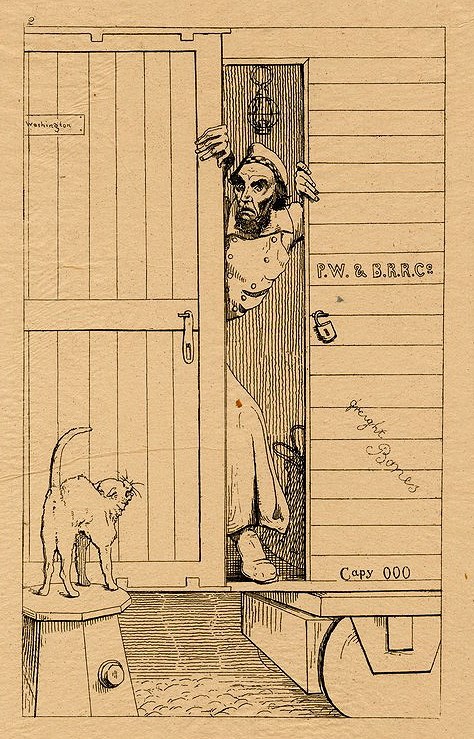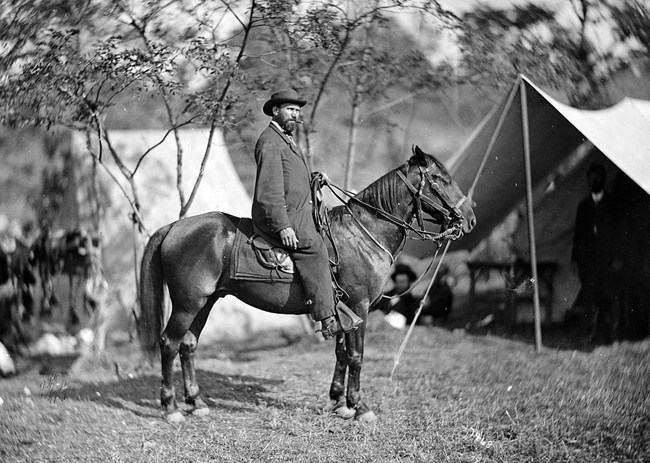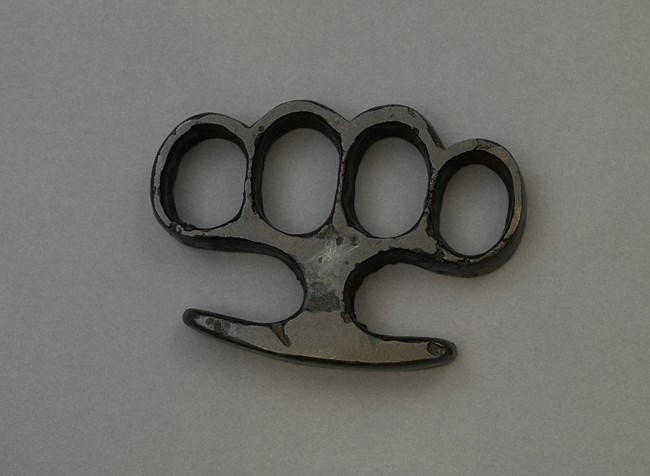
Library of Congress After Abraham Lincoln’s election to the presidency, southern sympathizers plotted to prevent his inauguration. In January of 1861, nurse Dorothea Dix brought rumors of a conspiracy to the attention of Samuel Morse Felton, president of the Philadelphia, Wilmington, and Baltimore Railroad. Dix told Felton that she had heard that southern forces were preparing to seize Washington, DC. She also revealed that they planned to cut off the railroad lines in Baltimore. According to Dix, “Mr. Lincoln’s inauguration was thus to be prevented, or his life to fall a sacrifice.” Upon learning of these reports, Felton called in railroad detective Allan Pinkerton. During the meeting, he told Pinkerton of what Dix revealed and expressed his own concerns about the plot. Pinkerton believed there might be some truth to these rumors. He gathered several of his detectives to aid in his investigation. They then traveled to Baltimore to uncover the truth of the conspiracy. 
Library of Congress By 5:00 pm on February 22, 1861, Lincoln had decided on a new course of action for entering Washington, DC. While meeting with Pennsylvania Governor Andrew Curtin in Harrisburg, Lincoln and his advisors discussed their plan to get Lincoln safely into the capital. The plan was for Lincoln to meet Allan Pinkerton in Philadelphia and take a secret train into Baltimore. For protection, they selected Ward Hill Lamon, a burly friend of Lincoln’s from Illinois. Governor Curtin, concerned about Lincoln’s security, asked Lamon if he was armed. Lamon “at once uncovered a small arsenal of deadly weapons, showing that he was literally armed to the teeth. In addition to a pair of heavy revolvers, he had a slung-shot and brass knuckles and a huge knife nested under his vest.” Another witness added that Lamon also had a blackjack (or baton) and a hickory cudgel. 
NPS Photo The nearly empty night train made its way to Baltimore and arrived there at around 3:30 am on February 23. For Lincoln, the most dangerous part of the journey still lay ahead. To reach their destination, they had to ride in a carriage from President Street Station to Camden Station over a mile away, to catch yet another train to the capital. One hour later, the train pulled away from Baltimore and headed for Washington. It reached its destination at 6:00 am. As they left the train, a man approached Lincoln, and Pinkerton, fearing the man was a threat, struck the stranger. Lincoln, though, stopped him and revealed the man was his friend and congressman from Illinois, Elihu B. Washburne. While Lincoln had arrived in DC safely, the press criticized his secretive journey. Many papers mocked Lincoln, with artists drawing caricatures showing a disguised Lincoln sneaking into the capital. A little more than a week later, he took the oath of office as the 16th President of the United States. Want to Learn More?
|
Last updated: December 31, 2024



